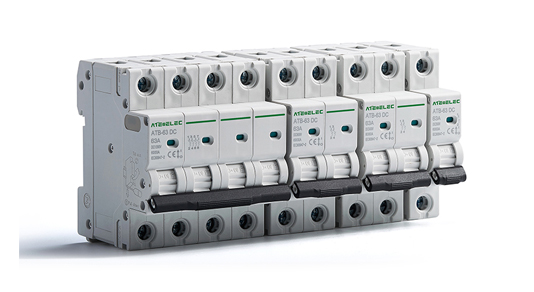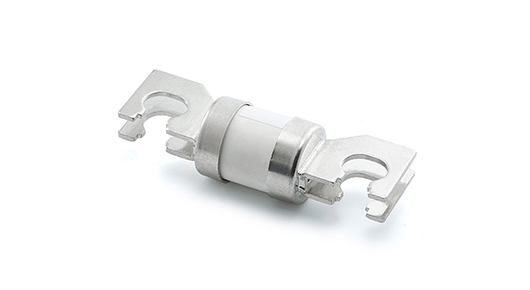What are the advantages and disadvantages of Circuit Breaker?
Circuit Breaker is a switch device that can close, carry and break abnormal circuit conditions, such as short circuit and overload current within a specified time. It is a device that can close, carry and break the current under normal circuit conditions. It can monitor the current in the circuit at all times. When an abnormality occurs, it will cut off the circuit in time to prevent the accident from expanding.
Advantages

Powerful protection function: Circuit Breaker can automatically cut off the circuit when the circuit is overloaded, short-circuited, undervoltage and other faults occur, effectively protecting electrical equipment and lines from damage, preventing accidents from expanding, and ensuring the safety of personnel and equipment
Reusable: Unlike fuses, Circuit Breaker can be manually or automatically reset after actuation to resume normal operation. It does not need to be replaced every time it blows like a fuse, reducing the cost of use and maintenance workload
High breaking capacity: Circuit Breaker has a high breaking capacity and can safely cut off large currents in a short time, extinguish arcs, ensure reliable circuit disconnection, and is suitable for circuits of various voltage levels and current sizes
Adjustable action value: The action current and action time of many Circuit Breakers can be adjusted according to actual needs to meet the protection requirements of different circuits and equipment, improving the accuracy and reliability of protection
Easy to operate: Circuit Breaker The operation of the circuit breaker is relatively simple. Usually, only a manual operating handle or an electric control device is required to achieve closing and opening operations, which is convenient for daily maintenance and management.
Integration of multiple protection functions: It integrates multiple protection functions such as overload, short circuit, undervoltage, etc., which is equivalent to the combination of multiple protective electrical appliances, reducing the number and complexity of protection components in the electrical system and improving the reliability and stability of the system.
Intuitive fault indication: Some circuit breakers are equipped with auxiliary contacts or indicator lights, which can intuitively display the closing and opening status of the circuit breaker and whether a fault trip has occurred, so as to facilitate timely detection and troubleshooting.
Disadvantages
The price is relatively high: Compared with some simple switches or fuses, the structure of the circuit breaker is more complex and the manufacturing cost is relatively high. Therefore, its price is usually more expensive, especially some high-performance and high-voltage circuit breakers, which have a large initial investment cost.
Not suitable for frequent operation: Although the circuit breaker is not suitable for frequent operation, it is not suitable for frequent operation. The circuit breaker can be operated multiple times, but frequent operation will accelerate the wear of its contacts and reduce its service life. Therefore, it is generally not suitable for circuits that need to be frequently switched on and off, such as motor control circuits that are frequently started and stopped.
Possible misoperation: Since the action of the circuit breaker is based on the detection and judgment of circuit parameters, in some special cases, such as surge current and electromagnetic interference in the circuit, the circuit breaker may misoperate, causing unnecessary power outages and affecting normal production and living order.
Large volume: Especially some high-voltage and high-current circuit breakers, their volume and weight are relatively large, requiring a large installation space, and have high requirements for the installation site, which may be restricted in some occasions with limited space.
Complex internal structure: It contains multiple components such as contact system, arc extinguishing system, operating mechanism, tripper, etc. Once a component fails, it is difficult to repair and replace, and professional technicians are required to repair it, and the maintenance cost is also high.
Summary
In summary, Circuit Breaker has obvious advantages in improving system stability and resource protection, but at the same time, it also has certain disadvantages and limitations in terms of cost, installation and maintenance. In practical applications, it is necessary to reasonably configure and manage Circuit Breaker according to the specific needs and scenarios of the system to give full play to its advantages and reduce potential risks.





